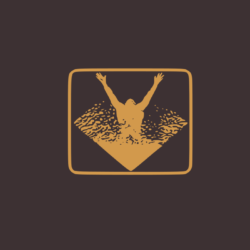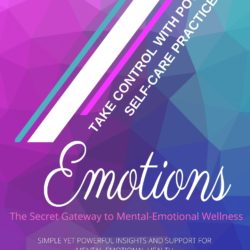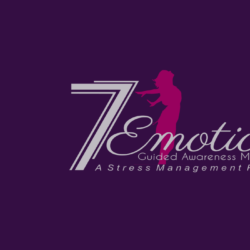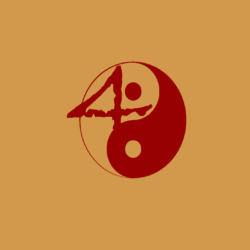Chronic pain – Prevention and Recovery Strategies
Most of my patients are older folks – chronic pain is a typical complaint that I treat. This includes all types of pain – back pain, neck pain, knee pain, elbow pain, joint pain, migraines, TMj / jaw pain, abdominal pain (i.e. endometriosis, Crohn’s, IBS), carpal tunnel/wrist and hand pain, foot pain (neuromas, plantar fasciitis) and more.
The causes of pain are many but I want to focus on one simple concept often seen – lets call it plain and simple “just overdoing it” – going beyond your ability to do an activity that results in muscle strain, weakness, and joint stiffness all leading to pain that doesn’t go away in a few days. You develop a chronic pain that continues for weeks and months.
There are lots of typical activities we have done for years without much trouble. As we get older though our body is not as strong nor does it have a good ability to reduce inflammation, heal, and recover.
The level of overdoing it is unique to each person. When we “overdo it” muscle breaks down, joints become swollen and inflammation forms, and circulation becomes blocked. Nerve signaling to these muscles decreases and muscle strength weakens. why? Well, this discomfort occurs simply to stop you from “overdoing it” and overusing an injured part of your body and give it time to recover.
Every time you get active and cause more pain, more inflammation forms in the injured tissue again trying to tell you to limit your activity with that part of your body.
What can you do?
Prevention and Awareness
Prevention starts with awareness
Well, initially from a preventative point of view, you have to learn to be aware of your limits. I like to say only go 80% of your ability. Slow and steady wins the race as the story goes of the tortoise and the hare. Listen to your body and respect what it’s telling you. Don’t ignore it. Learn self-care techniques that can keep you in the race instead of being sidelined with injuries.
But you say, I have chronic pain now. What can I do? Self-care practices might not be enough. You may need more therapeutic help like electro-acupuncture.
Electro-Acupuncture – needles are inserted in specific locations with clips attached to introduce therapeutic electricity and specific frequencies known to help the body release natural pain killers (endorphins) and anti-inflammatories. The body has the natural ability to heal. Sometimes It just needs a little help and support to feel better.
Also, Electro-Acupuncture can stimulate nerves to restore proper signaling to muscles and improve muscle strength.
Self-care practices: You have an injured body part. You need to lessen the use of that part of the body as much as you can. If you cause more pain, you will cause more inflammation – pain and weakness will continue. Sleep is important. Sleep is when most of the healing occurs. Sleep helps reduce inflammation. Eating an anti-inflammatory diet is also important. There are lots of sources of inflammation that you need to be aware of and correct. Getting professional advice is important and I can help you with that.
Sometimes you need to learn how to move in a better way to avoid straining the body. Sometimes you need to identify blocks to circulation, perhaps from bad ergonomics or posture, especially during sleep. Sometimes you need to do stretching to open circulation to better nourish and restore tissue health. Sometimes you need to do strengthening exercises – muscles help hold the body together. Weak muscles will allow tissue to collapse and compress leading to poor circulation, accumulation of inflammation all resulting in pain and stiffness.
I help patients at the clinic specifically with such self-care strategies and therapies.
If this sounds familiar and you need help reach out. Call the office – 401-219-6446 or request a free consult. Lots of people find electro-acupuncture to be a big plus for their health. It’ll get you feeling better naturally!







